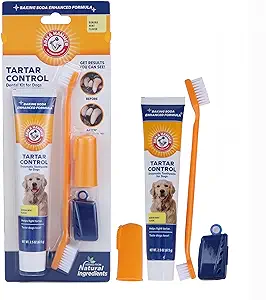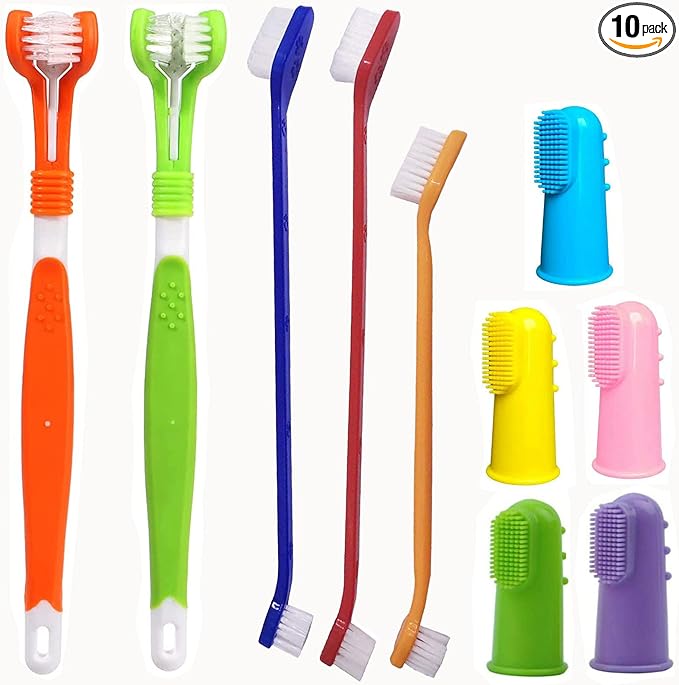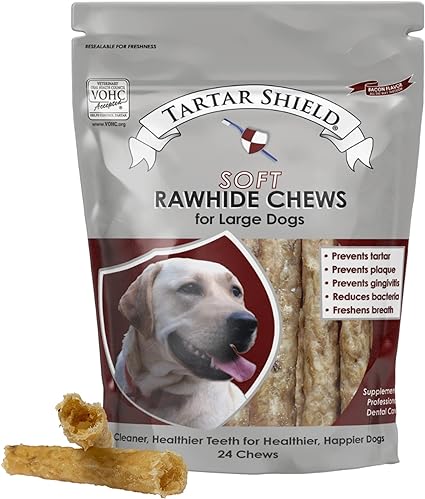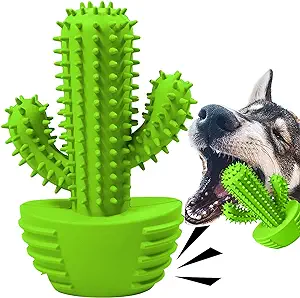We all adore our dog’s exuberant greetings, with wet kisses and playful nips. But behind that charming smile can hide a potential threat: poor dental health.
Like us, dogs are prone to various dental issues, from bad breath to painful periodontal disease.
The good news?
With some practice and effort, you can ensure your furry friend’s mouth is healthy and a source of pride and joy.
Why Dog Dental Care Matters
Brushing Your Dog’s Teeth
The foundation of good dog dental care is regular teeth brushing. It’s a straightforward task you can easily integrate into your daily routine.
Aim to brush your dog’s teeth daily, but even a few times a week can make a significant difference. This simplicity should reassure you that you can do this.
Start Slow:
Gradually introduce the toothbrush and toothpaste (specially formulated for dogs!). Let your dog taste the toothpaste off the brush to get used to the flavor.
Remember, patience is not just important; it’s vital in this process. Understanding and empathy for your dog’s learning curve will make the experience more pleasant for both of you.

Start early:
Introduce tooth brushing when your dog is a puppy to make it a routine.
Find the Right Tools:
Use a dog-specific toothbrush and toothpaste formulated for canine consumption (human toothpaste can harm dogs).

Focus on Rewards:
Make brushing a positive experience. Use praise, petting, and treats to create a happy association.
Be Gentle:
Brush gently in a circular motion, focusing on reachable surfaces. Don’t force it if your dog resists – take a break and try again later.

Be Patient:
Getting your dog comfortable with teeth brushing may take time and patience.
Take it slow:
Use a fingerbrush or a soft-bristled toothbrush designed for dogs. Let your dog get used to the taste of the toothpaste before attempting a complete brushing.

Positive reinforcement:
Reward with praise and treats throughout the process.
Dental Treats and Chews
While brushing is ideal, it’s only sometimes possible. Luckily, there are other ways to support your dog’s dental health.
Dental chews:
Look for dental chews with the Veterinary Oral Health Council (VOHC) seal of approval. Chews will help remove plaque and tartar buildup.

Dental toys:
Some dog toys have ridges and grooves that help scrape away plaque as your dog chews on them.

Professional Dental Cleanings
Professional cleanings are typically done under anesthesia and involve scaling (removing tartar) and polishing the teeth. They help prevent future dental problems and keep your dog’s mouth healthy.

Watching Your Dog’s Oral Health
Look for signs that your dog might be experiencing dental problems.
These can include:
These can include:
- Bad breath
- Red, swollen gums
- Loose or broken teeth
- Difficulty chewing or eating
- Pawing at the face
Diet for Healthy Teeth
Like humans, a healthy diet can significantly affect your dog’s dental health. Talk to your veterinarian about choosing a food that promotes good oral health.

Notice these signs, make an appointment with your veterinarian immediately.
Disclosure: This page may contain an affiliate link to Amazon.com. We might receive a commission if you follow them and purchase anything from the recommended products. I can assure you that I never recommend anything I don’t trust. Thanks for supporting positvelypets.com!




